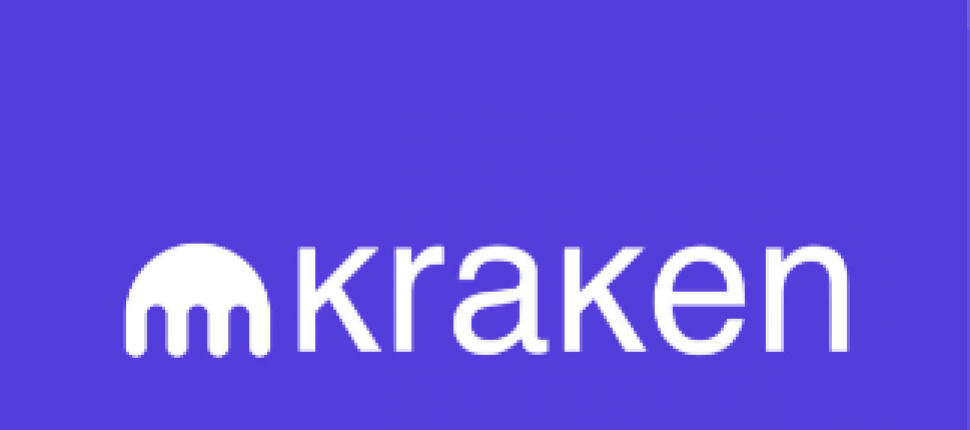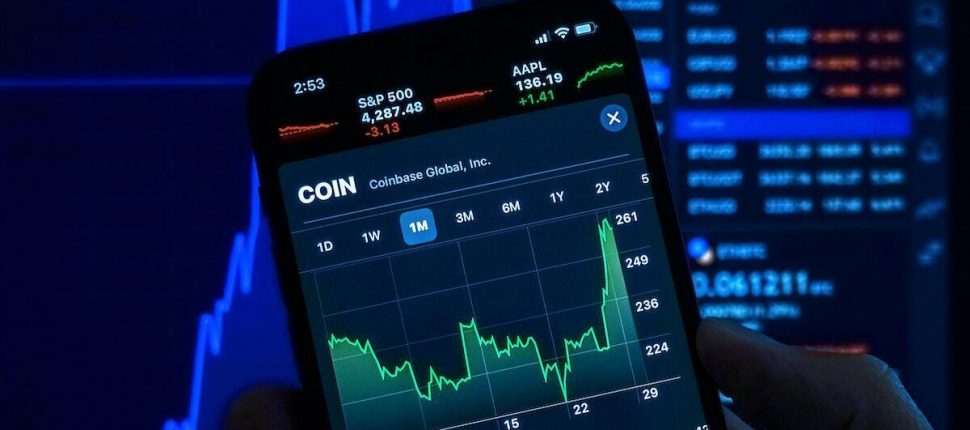- >News
- >Time to Stake? Everything You Need to Know About Ethereum 2.0
Time to Stake? Everything You Need to Know About Ethereum 2.0
With all the talk of Ethereum 2.0 right now, it is useful to put it all in perspective. What do you need to know about ETH2.0, if anything? If you are holding ETH, then you definitely want to know a thing or two about ETH2.0.
The ETH2.0 update offers a number of upgrades for ETH users but perhaps the best one is easy access to staking. While you technically need to hold 32 ETH to become a validator, there is no minimum for delegating ETH for staking, which means almost every ETH holder has the potential to earn passive income once 2.0 launches.
Ethereum Moves to Proof of Stake
The first thing to understand about Ethereum, is that it is rather slow, and sometimes expensive to use.
The majority of Ethereum and DeFi use cases require high transaction throughput in order for the network to function optimally for the average individual. No one wants to pay $10 for their Ethereum transactions. The bottleneck of the network is a byproduct of the way that the computers running the network “achieve consensus”. In other words, in how the network agrees on what has taken place in the last block. Like Bitcoin, Ethereum uses a “Proof of Work” consensus mechanism, which is notoriously computationally intensive. This is one massive factor leading to Ethereum’s scalability issues.
Ethereum is moving to a proof of stake consensus model. Proof of stake is more accessible to the general user, and it uses less energy than proof of work. The transaction throughput of the network is said to increase by 100,000 tx/s, up from just 25-30 tx/s. Why does any of this matter? Ethereum is the hub of DeFi. If Ethereum wishes for this to continue to be the case, it needs to solve its $10+ transaction fee problem. There is no way people in the unbanked population will be able to use the network to join the internet of money with fees this high. The only reason fees are high, is due to network congestion. Solve the tx/s issue and you solve the transaction fee issue.
When will ETH2.0 Launch?
That’s a good question! Ethereum has been notoriously slow to roll out updates over the years.
Currently ETH2.0 is scheduled to go live in the second quarter of 2022 but there have been many, many delays over the years regarding ETH so it’s hard to say exactly when the upgrade will happen.
There’s a good chance it happens before the end of 2022, however.
Can Anyone Stake Ethereum?
Proof of Stake means that anyone holding Ethereum can “stake”, or “lock” their tokens into the network. This locking mechanism gives you a chance to produce the next block. Don’t worry, all of this is automated by the wallet you use.
By staking to the network, you may earn the block reward, as well as transaction fees gathered. In other words, by staking to the network, you can earn some passive income. How much passive income is the next logical question to ask. It depends on several factors. The first hurdle to clear is having enough Ethereum to stake in the first place. You need 32 ETH in order to stake your tokens. At the time of writing 32 ETH is worth just under $20,000 or about as much as a whole Bitcoin. Needless to say, not everyone can stake their Ethereum. Not everyone has $20k worth of ETH laying around.
Staking Through Kraken
There are some exchanges that reduce that 32 ETH barrier entirely, allowing anyone, with any amount to stake their tokens. This is huge, as it allows people with smaller balances to share in the staking rewards. These are known as “staking pools”. Basically, you may pool your tokens together and share in the resulting reward.
You may want to consider staking through Kraken for a couple of reasons. First, they take the technical complexity out of staking. ETH 2.0 is brand new, and so technical mistakes may be costly. Second, they drastically reduce the barrier to entry. This allows anyone with a balance to participate in staking. The rewards are automatically credited to your account on a weekly basis, at which point you may do with them what you please.
How Do I Unstake ETH?
If you intend on staking manually, and not with an exchange, then the list of things you need to know will not be covered in its entirety in this article. In short: It’s complicated. The main thing for anyone to know, is that there does not currently exist a way to unstake your Ethereum. At this point and time, if you are going to stake, you are doing it for an undetermined amount of time.
The ability to unstake your ETH is coming at some point, but it is not concrete when that will happen. Unstaking will available when Phase 1.5 of ETH 2.0 launches, which could take years. Again, Kraken aims to simplify this shortcoming by allowing you to trade staked ETH for unstaked ETH effectively unlocking your balance. However, due to the nuances of these assets, they are not offering this functionality to residents in the US or Canada.
What Other Companies Offer ETH Staking?
You can stake Ethereum on Coinbase, for one. But it depends on the jurisdiction where you reside. Just like Kraken, you won’t be able to actually unstake the ETH you have on Coinbase until 2.0 launches.
There are also so-called liquid staking options like lido.fi, where you receive staking rewards in addition to a synthetic token that represents your staked ETH. The biggest draw of liquid-staking services is that you can actually withdraw your ETH at any time (that’s what makes it “liquid).
Something like lido.fi is DeFi of course so you potentially take on more risk when using the service.
How Much Can I Earn?
The project return on investment is estimated to be between a fairly big range. As low as 5%, and as high as 17%. The rewards are paid and returned to stakers in ETH, so at the end of the day, you’ll end up with more ETH. This translates into quite a good ROI in terms of dollars, especially if the price of ETH continues to rise. With all the people locking up their ETH, and the tradeable supply becoming lower, it’s not impossible to imagine that the price will continue to rise.
Should I Stake my Ethereum?
This is a personal decision. It is very fortunate that high-quality custodians such as Kraken are building the tools you need to stake without technical knowledge. While you’re still taking on risk by using Kraken or Coinbase as a staking provider, it is not as much as if you’re doing everything yourself.
Keep in mind that if there is a fundamental failure or flaw with the Ethereum network, Kraken is not going to guarantee your loss. You’re still on the hook for losing your ETH. All that said, staking has been remarkably reliable on exchanges like Kraken or Coinbase.
If this sounds like it is too much to risk for a potential 17% ROI, then perhaps it is better if you just sit tight for now. Otherwise, welcome to the next version of DeFi: Ethereum 2.0.
In the meantime check out our Top 5 Cryptocurrencies for Staking in 2022.
ETH Staking Frequently Asked Questions
That’s up to you. Kraken does have an excellent record of safeguarding its users crypto and staking ETH is exceptionally easy on the site.
You can even secure your Kraken account with two-factor authentication.
Of course at the end of the day you are trusting Kraken with your private keys so it won’t be for everyone.
Yes although not with exchanges like Coinbase or Kraken.
Instead you can connect your Ledger to a liquid staking option like lido.fi to gain some extra security.
Yes. You can actually stake from the Ledger Live app, thanks to a partnership with lido.fi.
It’s been delayed many times but it looks like Ethereum will finally go to proof-of-stake sometime in 2022.
At the time this article was published roughly 8% of all ETH was staked with $28 billion in value.
That number will likely go up considerably once the proof-of-stake transition is complete.
Ethereum 2.0 will go live sometime in 2022 most likely.
At that point it will just be referred to as Ethereum and all ETH will technically be 2.0.



